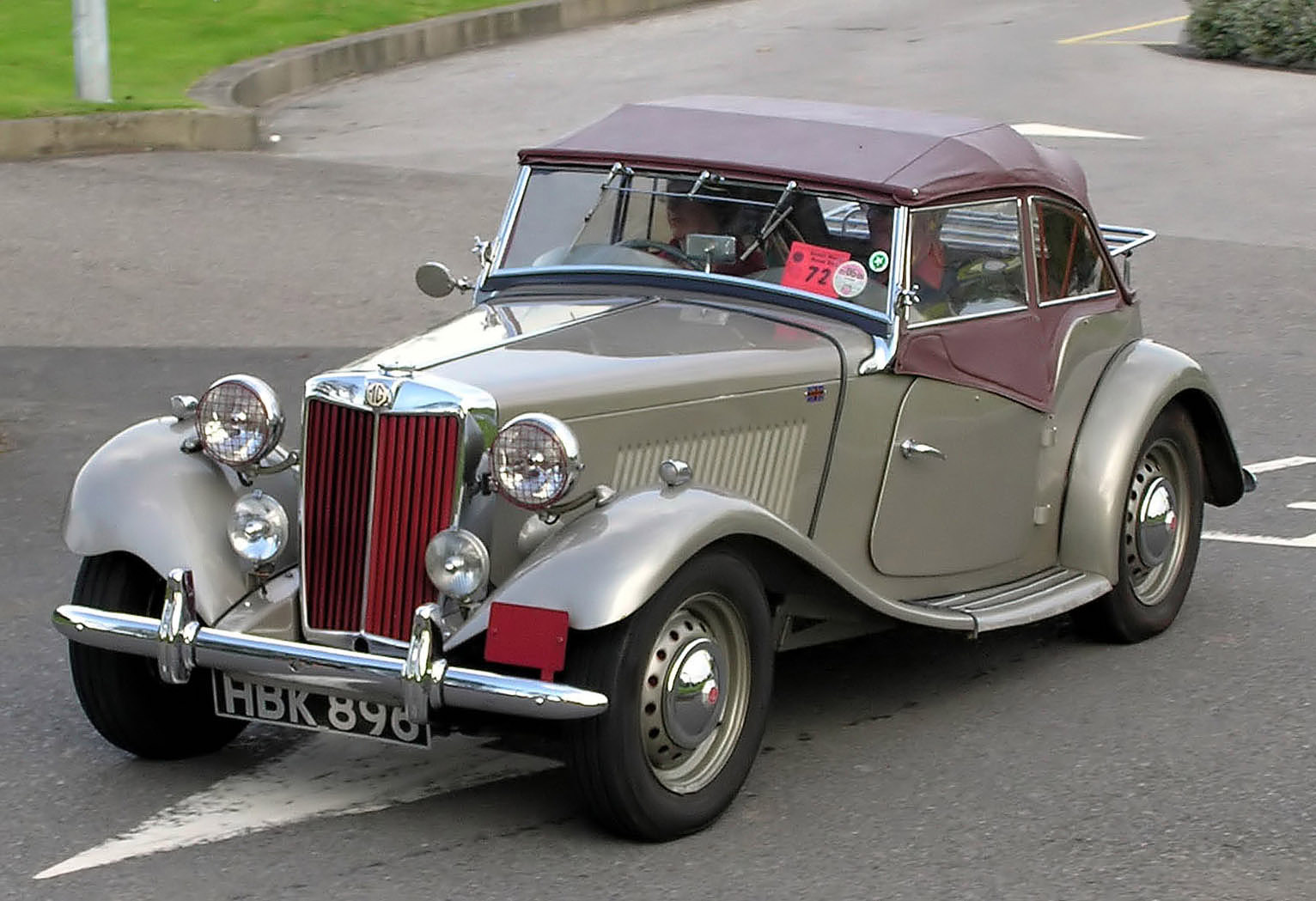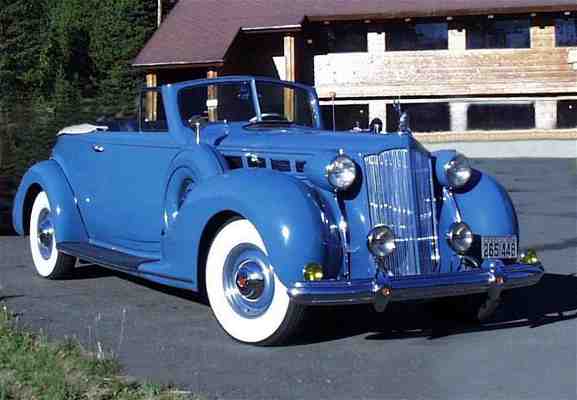| Austin Healey 3000 Metalastik Dampers Before & After |
Here is a short list of the makes these dampers were fitted to.
- Bedford Trucks and buses
- Jaguar MK7, MK8, MK9, Jaguar Mk10-3.8 litre, XK120, XK140-3.4 litre, XK150- 3.4 litre and 3.8 litre. Also Jaguar Mk 1 and Mk 2 3.4 litre
- Maserati sports cars from the 50s and 60s had Metalastik dampers fitted
- Austin Healey and other Austin Models
- Deutz
- Big Ford Diesel engines
If you know of other models which use metalastic dampers please leave a note in the comments below. Millions of these dampers were fitted to all kinds of vehicles, many of which we aren't yet aware of.
NEW We now offer re-manufacturing to NEW standard of these Metalastik dampers.
We offer a 5 year return to our base warranty of our workmanship for ordinary road use.
We have to exclude racing from our warranty as many car owners are now using their engines at revs far beyond what they were designed for, and beyond what the Metalastik damper was also designed for.
Your old core is required so we can custom clean, straighten and re-manufacture it.
You will therefore be giving your original part a new life damping the vibrations of your engine which you may have expensively overhauled.
Contact us damperdude *at* gmail.com to arrange your new Metalastik damper and look forward to smooth running in your automobile.
If you need a Metalastik damper urgently we have in stock Jaguar, Austin Healey and Maserati dampers.
Image from https://www.3dtuning.com/en-US/tuning/austin-healey/3000/convertible.1959




